Food on Screen
Five Foods That Left a Mark on Korean Film History

WRITTEN BY
Seong Hye-kyeong
Illustrated by
Cho Kyungkyu
Some of the many dishes that we see in film go on to become conversation topics in their own right. In many cases, food becomes the main character, serving as an important medium that drives the movie or even reveals the theme. What are some foods in the movies that have left a mark in Korean film history?
1
As Famous as the Movie Itself Jjapaguri (ram-don)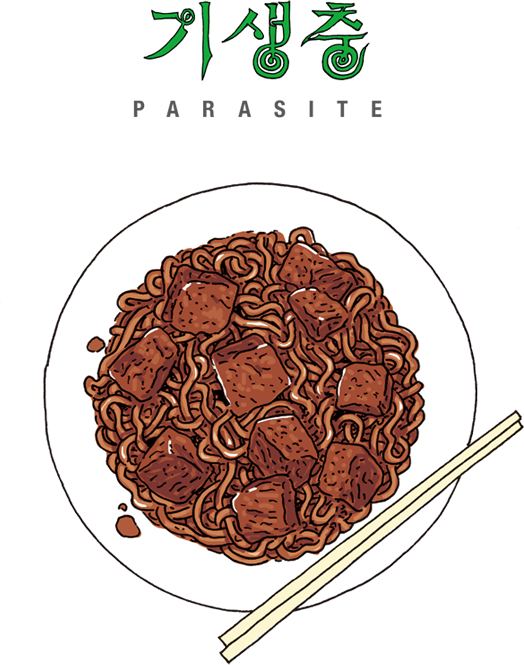
“Parasite” is a black comedy thriller that exposes the evils of capitalist society through the interactions between an upper class family and a lower class family. Not only was the film a worldwide box office success, it was praised as a monumental masterpiece that captured the attention of the public and critics alike. It swept the top film award ceremonies around the world, winning the Palme d’Or at the Cannes Film Festival and four Academy Awards.
In the film, the character Yeon-gyo eats a bowl of jjapaguri noodles topped with hanwoo (high-grade Korean beef). Jjapaguri combines two popular ramyeon brands. Ramyeon—a very working class food—served with extremely expensive hanwoo metaphorically demonstrates the gap between rich and poor.
The dish has aroused the appetite of people who watched the movie. Interest in jjapaguri increased as the movie boomed, and a ramyeon maker produced and uploaded a recipe video online in 11 languages.
2
Fried Dumplings Drive a Plot Gunmandu (fried dumplings)
“Oldboy,” which won the Grand Prix at the 2004 Cannes Film Festival, is a mystery thriller about the revenge of two men. The main character Oh Dae-su is kidnapped without knowing why and is imprisoned in a small room for 15 years.
The only food given to him is gunmandu. Oh spends 15 years eating only gunmandu and sharpening his skills to seek revenge. He succeeds in escaping his confinement and the full story unfolds.
The gunmandu in Oldboy were sold at a Chinese restaurant in Busan. Even now, many people visit the place to taste the gunmandu that Oh ate for 15 years as he dreamed of revenge.
3
A Hit Movie Food Becomes a Reality Wanggalbi tongdak(fried chicken with grilled ribs sauce)
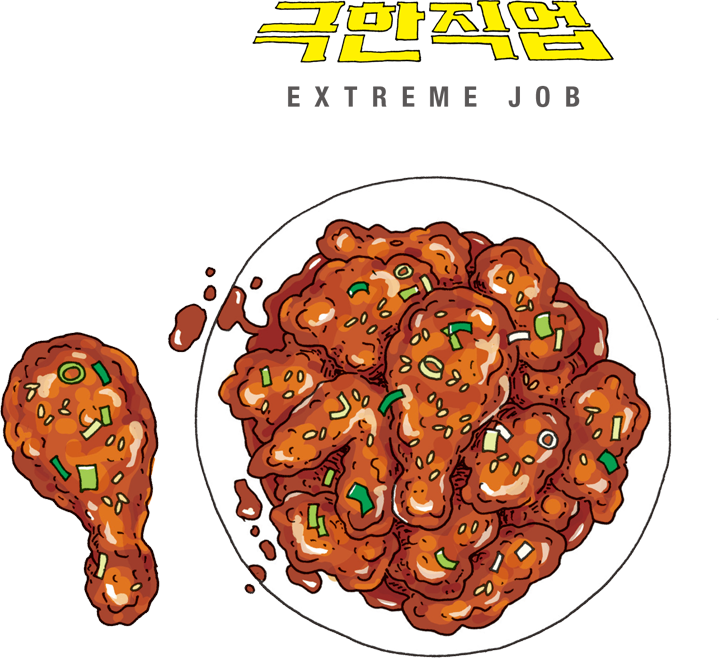
“Extreme Job” is a comedy about narcotics detectives who are in danger of losing their jobs due to poor performance. The detectives go undercover to arrest drug traffickers from an international criminal organization. It was one of Korea’s biggest all-time box office hits.
The detectives end up buying the chicken restaurant that was their stakeout location and sell chicken to avoid suspicion. They accidentally create a widely successful dish: wanggalbi tongdak. Word spreads, and customers flock to the restaurant to try the dish. This creates an interesting scene in which the detectives focus on running the chicken restaurant rather than their investigation.
4
The Dish That ReplacedTen Lines of Dialogue Kkaennip jangajji (pickled perilla leaves)
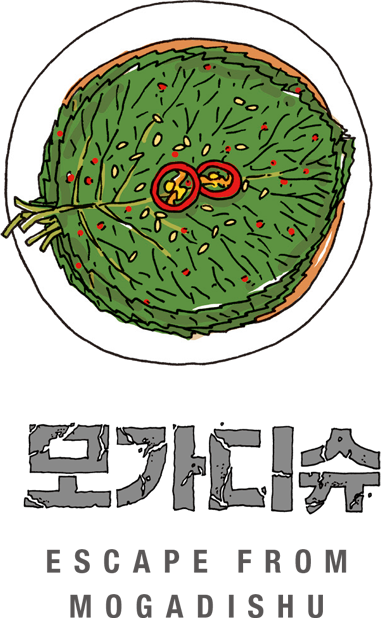
One gesture can sometimes replace ten words. Such a scene can be seen in “Escape From Mogadishu” when the characters eat kkaennip jangajji.
“Escape From Mogadishu” is a film about the evacuation of families from the North and South Korean embassies in Mogadishu during the Somali Civil War. In the middle of the film, there is a scene where two families—one from the South and one from the North—gather together at the same table for a meal.
When a South Korean has trouble picking up the leaves, the North Korean helps her out by holding them with her chopsticks so she can grab some. This scene suggests that the hearts of the two families have opened to one another. Although it is not a special dish, it left a deep impression on the audience by showing subtle changes in the two families.
5
Noodles That Symbolize National Unity Guksu (Korean noodles)
“Steel Rain” is a film adaptation of a webtoon of the same name that deals with a fictional war on the Korean Peninsula caused by a North Korean coup. The scene that got everyone talking was when the two main characters savored bowls of guksu.
The main character from North Korea eats janchiguksu (noodles in broth) while the main character from South Korea eats bibimguksu (cold spicy noodles).
The two people call the noodles by different names, but in the end, they still enjoy the same dishes. The scene demonstrates that while South and North Korea may seem so different, in the end, they share many things in common.
Other Articles
-

Special Ⅰ More Than Just the Big Screen
-
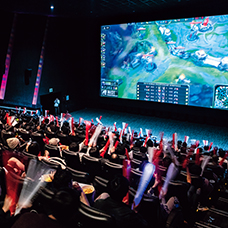
Special Ⅱ Multi-Content Multiplexes
-

Trend Food on Screen
-
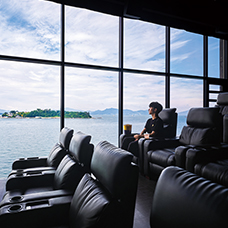
Hidden View Another Screen
-
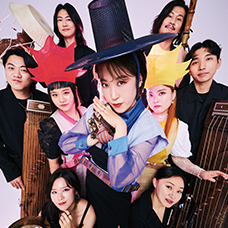
Interview Band Ak Dan Gwang Chil
-
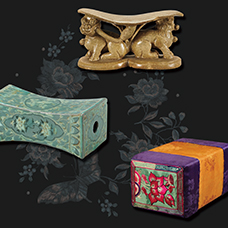
Art of Detail Sweet Dreams
-
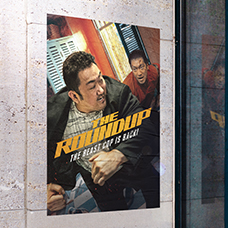
Film & TV The Roundup
-
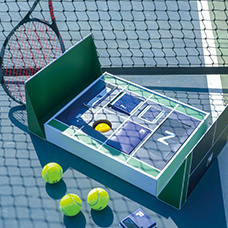
Collaboration Exclusive and Practical
-

Current Korea Korea Bolsters Ties with NATO
-

Global Korea Spain’s First K-fashion Exhibition
